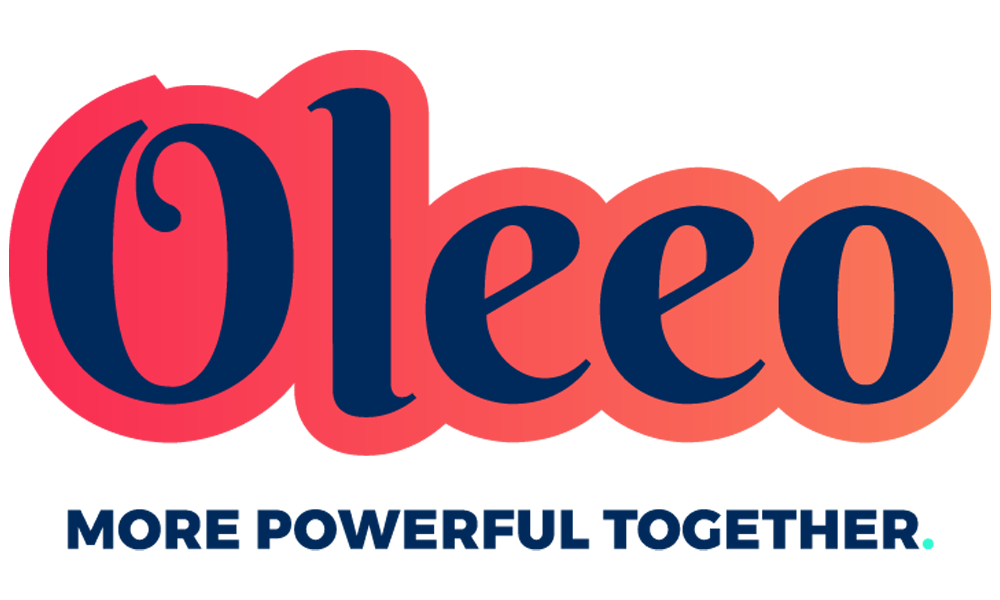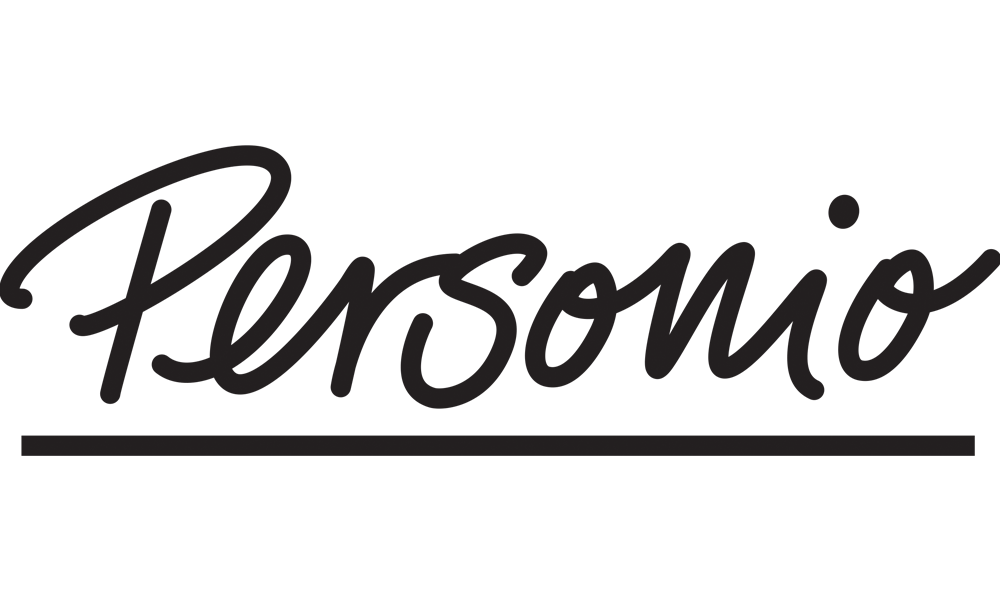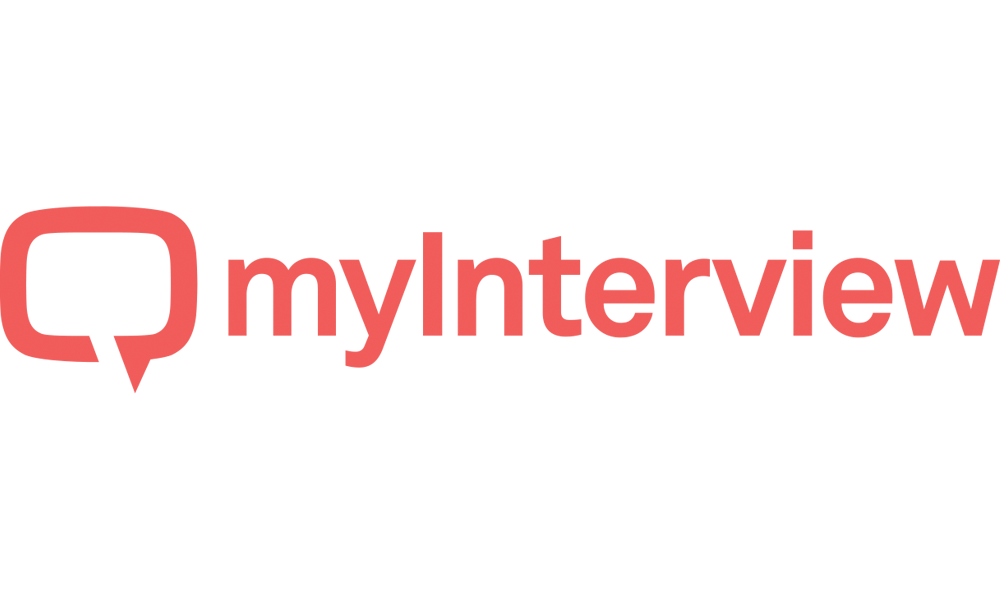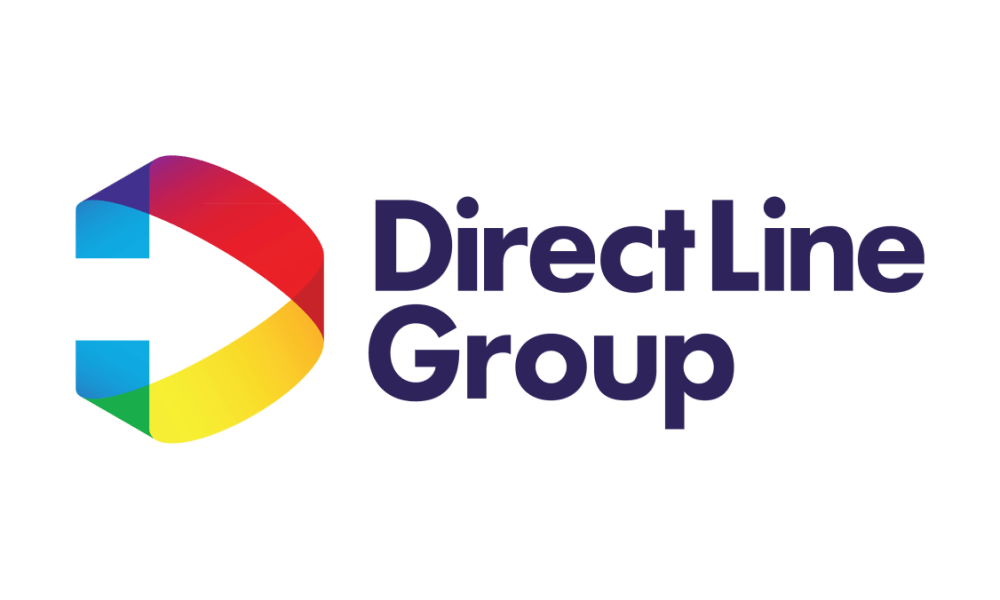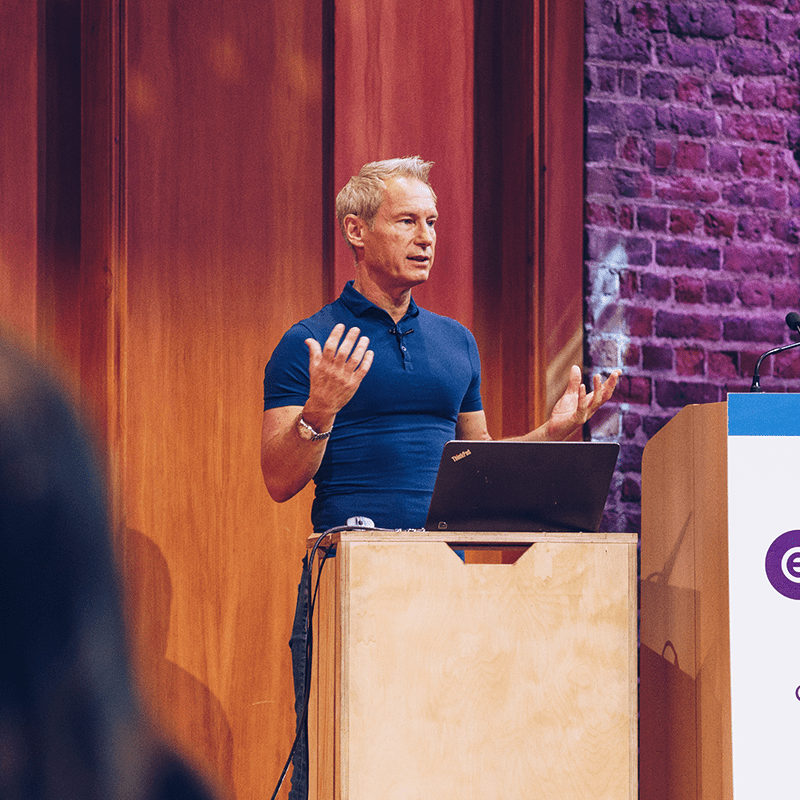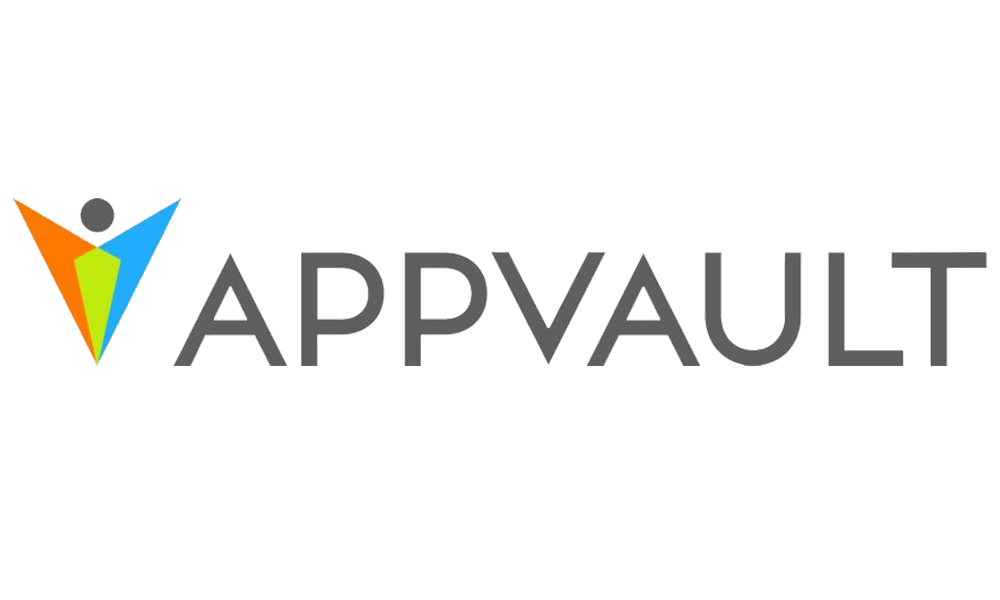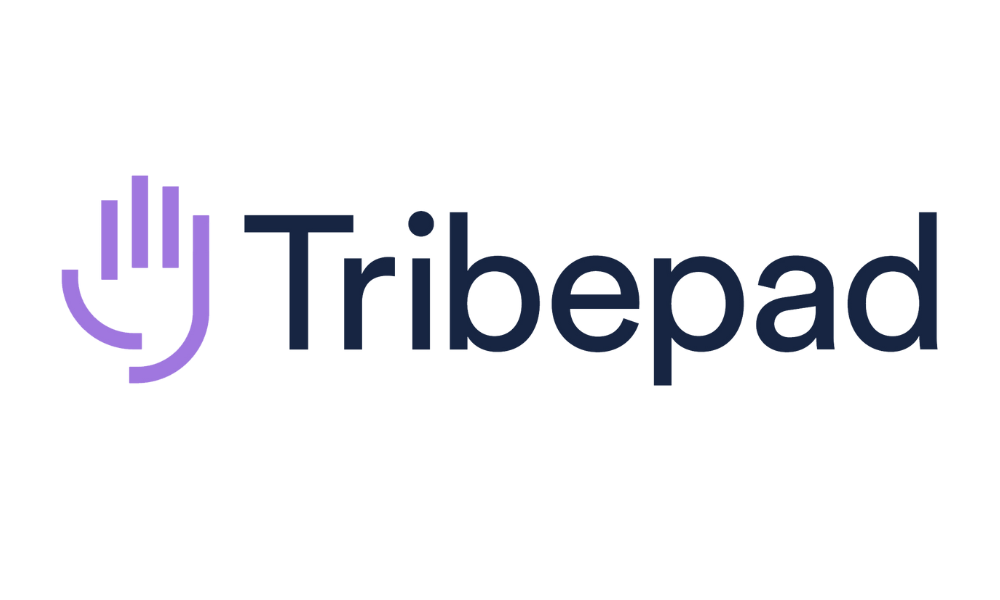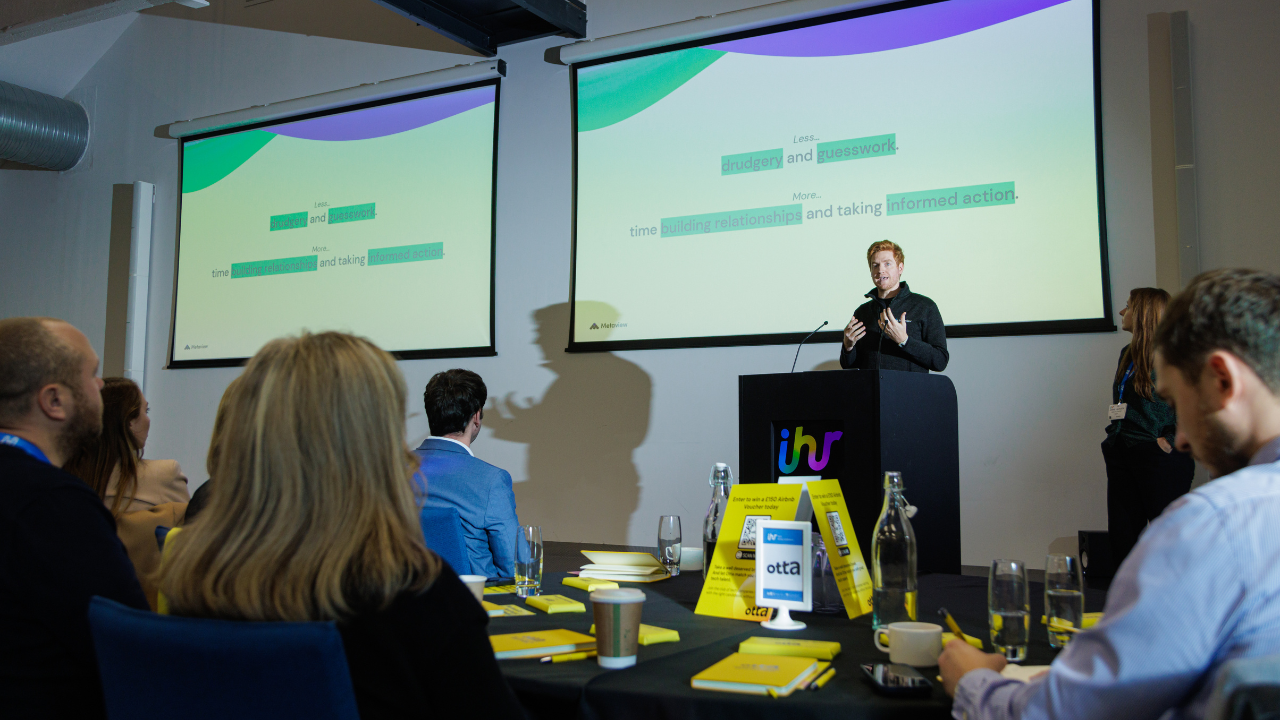Whitepaper: In-house Recruitment Technology Conference 2020
Introduction
The digital age we live in means that technology is constantly evolving, and as in-house recruiters, it can be difficult to know where to start when choosing the right tech. This can be difficult to the point where it might be easier to avoid it altogether. However, selecting the right tech to fit your needs will increase success within your teams tenfold and you’ll never look back.
At this day-event in Moorgate, London, we heard from a range of speakers and companies discussing their individual journeys with various recruitment technologies from video interviewing, their ATS, gamification and so much more. With our intimate roundtable discussions, we were able to discuss your main challenges, gaining helpful tips and insights from your peers on some innovative solutions and ways around these.
The 2020 In-house Recruitment Technology Conference showcased completely unique case studies and insights into the power of recruitment technology across a multitude of facets within your organisation; enhancing efficiency, productivity, employer branding, and leaving you time to do what you do best – recruiting.
This whitepaper gives you an overview of what was discussed on the day, compiling content from the roundtable discussions, the speakers, and of course the videos from the event!
Innovation Showcase
Our innovation showcase is a series of quick-fire presentations in which our speakers give you a short but sweet overview of their chosen topics. With 20 slides and 20 seconds for each, it’s a truly engaging, fast-pace and information-packed experience.
Innovation Showcase Speakers
The pecha kucha topics of our innovation showcase brought some of the hottest topics within recruitment to our attention. To break it down, we’ve listed some of the key points and stats from this fast-pace set of presentations to give you a taste of what we learned on the day:
Challenges
- There is a huge amount of competition in today’s day and age with 92% of candidates contemplating more than one job offer during the recruitment process.
- Lower unemployment rates = more competition.
- The digital era has changed the workforce – there are now more people who want to work casually.
- D+I goals not being met.
- There is such an overwhelming amount of technology out there – where do we start?
- Focus on quality rather than quantity.
Solutions
- Intelligent Automation – solutions offered by Oleeo allow you to leverage data in the best way possible to automate your recruitment process with the end-goal of improving your hiring process. Oleeo also provides bias-free data, helping to increase D+I in your teams.
- Using data to drive decisions – while recruitment is and always should involve human interaction, it’s important to let technology guide you. Ben from Personio stressed the value of using KPI’s and data in driving efficiency, identifying trends and managing expectations.
- Improving quality through data-driven decisions rather than quantity by improving the targeting of job ads and tailoring your attraction strategies to the hires you want – these changes have been found to drastically increase the quality of applications.
- Automated screening services such as that offered by Access Screening allow you to enhance candidate experience from the improved efficiency as well as improving time-to-hire.
- Use of video interview – gives candidates flexibility. Eliav from myInterview explains how in their video interview process, candidates are sent a link and invited to book their interview when it suits them (this may be from their phone, laptop or tablet) creating a seamless process for them.
- Systems offered by these companies automate all aspects of the recruitment process which can be unnecessarily time-consuming; references, document-signing, interviews, DBS checks and so much more.
Effective Use of Gamification to Engage with Early Careers Talent
The day was kicked off by Jason Gowlett who spoke on behalf of Direct Line Group, telling us about some of their recent innovations around recruitment technology.
Direct Line Group work with many widely known brands including Direct Line and Churchill, offering insurance claims for motor, home or business owners – measured by in-force policies. They pride themselves on their position as one of the UK’s most trusted insurers, with their customers at the heart of their business.
Challenges
- The employment market is changing significantly with unemployment at its lowest level (less than 4%).
- Competition – trying to draw candidates to less ‘attractive’ locations further away from the city.
- Attracting a diverse population of candidates from different backgrounds and locations.
- Working out how to showcase employer brand and stand out to top candidates.
Key take-aways
At Direct Line Group, they recruit hires through grad schemes and apprenticeships, this way they are able to reach that diverse talent pool which is necessary to enhance your teams. Engaging with individuals across these different groups, from different types of backgrounds, was propelled by their use of technology.
‘The one thing that set us apart was our culture…’
Jason recounted their use of virtual reality at their job fairs, showcasing to people what it’s like working at Direct Line Group. This interactive experience quite literally puts you in the eyes of someone who works there, giving a view of the office, the people, and a sense of the company. The success of this innovative strategy was huge, not only attracting people’s attention then and there but creating long-lasting engagement and interest in the company – gaining those dedicated, sharp individuals that you want onboard.
The next talent attraction strategy they used was their app. Their target candidates (apprentices) being age 16-20 meant that this was a great way of sparking engagement. The game itself was extremely simple but produced unbelievable stats of half a million downloads. With 92% of people clicking through to the job ad, a further 8% subsequently applied for the role. They also implemented a game-based approach in their graduate assessments achieving a similar outcome of improving engagement by creating an all-round more fun, enjoyable experience. The final innovative recruitment technology under discussion was video interviewing. The key aspect of this which is conducive to maintaining candidate engagement is flexibility. Allowing candidates to undertake the interview in a time slot of their choice will make them feel valued and also less pressured. Results following its introduction were phenomenal, with no one refusing to do it and extremely high completion rates.
Understanding the Concealed Touchpoints
Our second speaker of the day Andy Randall, encouraged us to think about the power of technology in its capacity to enhance the candidate experience – revealing some of the ‘concealed touchpoints’ to think about during the candidate journey.
eArcu is the market-leading Talent Acquisition & CRM Suite, helping over 100 national and international organisations. From initial advertising, developing candidate relationships, tracking applicants through the selection process, right through to offer generation and onboarding.
Challenges
- Not having an understanding of the candidate journey or where these touchpoints are, it is easy to concentrate more on the initial engagement as well as the end-result but then the candidate journey in between these two points gets overlooked.
- Candidates being exposed to too many technologies. This can be inconsistent, overwhelming and create generally a much less positive candidate experience overall.
- GDPR compliance – the candidates will likely have given details at some point in the process, but what happens to this information throughout the journey?
- Candidates having bypassed the front door of the careers site due to being navigated around so many different technolgies throughout the process.
Key Take-aways
View things through the lens of the candidate, rather than the employer. It is important to ask: how many touchpoints do they have with different technologies and different experiences? Look at what can be done with the application form. This is the centre-point of the candidate experience and can be used to promote the brand and give a sense of what the role and the company are truly like. Animation and gamification, as discussed by Jason Gowlett from Direct Line Group, is a great way of engaging candidates in the application stage.
Onboarding – this is another crucial part of the candidate experience which is often overlooked. Maintaining engagement right through to the point of offer, and then continuing this in the onboarding process is key. You should not only invest in attracting candidates with the end-goal of them accepting the offer, but you need to remind them why they accepted it in the first place. This can be enhanced through recruitment technology such as onboarding portals online where they can access information and feel supported throughout their journey, also helping to create a more consistent experience.
Amplifying your Candidate Attraction and Engagement Campaigns
Next up, we heard from Liam O’ Callaghan from Appvault. Liam spoke about how to enhance the candidate screening process in a manner that moves with the current times, giving the candidates a voice and adhering to what they want.
AppVault helps companies create an emotional connection between your organisation and the people that will help grow it. As a cloud-based Recruitment Marketing Platform, AppVault enable recruiting departments of all sizes to optimise, expand, and improve their Talent Acquisition effectiveness.
Challenges
- Being able to connect with the right candidates – not necessarily quantity, but quality.
- Maintaining that level of engagement after that spark of initial interest, Liam referred to this as ‘closing the deal’, essentially, getting candidates to complete the application and remain engaged throughout the whole process.
- Relying on your ATS for candidate attraction – they are not the same thing!
- Recruiting across multiple locations and departments – knowing how to attract for such a diverse range of roles and candidates.
- Competition – there are 35 million job searches each day on Linkedin and over 20 million open positions.
Key Take-aways
Know who you’re targeting. 88% of Millenials want to work for a company who share their values, with working culture being the most prioritised aspect of a role. With Millenials taking up 75% of the global workforce by 2025, you need to tailor your recruitment strategy accordingly to this.
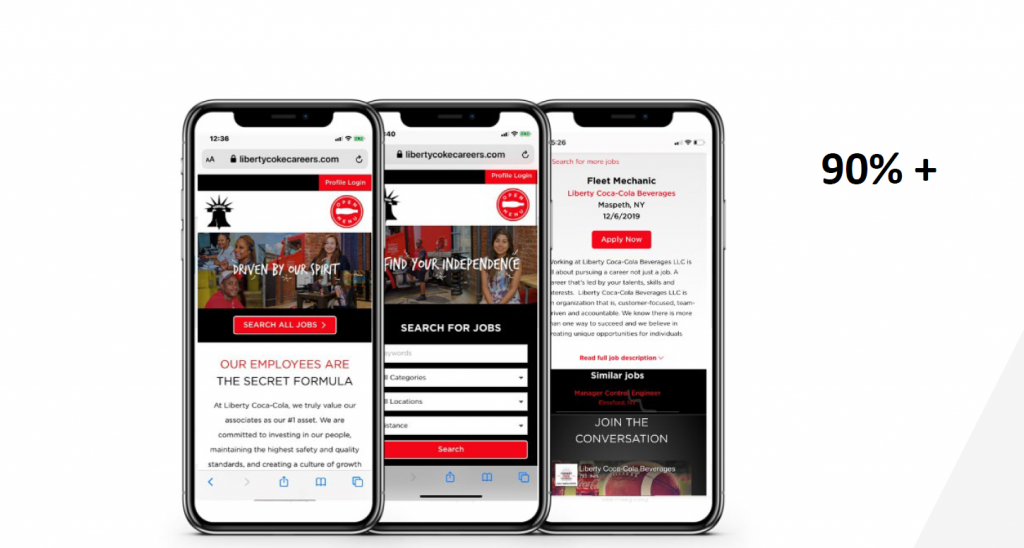
- Move with the times. Over 90% of people are looking at jobs on their phones, so you need to ensure the process is user-friendly on a mobile device. Mobile search optimisation will also help to create a seamless candidate journey even from that initial point of viewing the application page. This can be achieved using Appvault’s software which uses recruitment marketing to optimise all aspects of the hiring process for prime engagement.
- Expectations are rising. Candidates know what they want, so it’s time to deliver. This is where you’re employer branding comes in, you can use this to showcase your company culture and demonstrate to candidates that your company is a place that they want to work. Having clear-cut USP’s will help to define your employer brand and market yourselves in the right way.
- Humanise the process. While automation is excellent in many ways, it’s crucial to maintain that sense of personal touch. However, you might be able to combine the two. At Appvault, they have an automated Chatbox system where candidates can speak to someone when on the application page about any questions they may have. From an early stage, this makes candidates feel valued and that their voice is heard, further helping to let your employer brand resonate with them.
Optimising your Recruitment Spend through Programmatic Advertising
Chris Lee from Symphony Talent explained all-things programmatic advertising-related, revealing its true powers and clearing up the misconceptions.
Symphony Talent is a global leader in Employer Brand and Candidate Experience solutions for some of the world’s leading brands. Combining award-winning creative and marketing technology, Symphony Talent transforms employer brands to deliver world-class experiences for candidates, employees and recruiters.
Programmatic advertising is the automated purchasing and selling of online advertising. Using programmatic advertising, you can target the candidates who are most suitable and interested in your role, filling the gaps with quality hires and reducing the time to hire. It allows targeted advertising so you can enhance your talent pool to consist of the hires you want within your teams.
Challenges
Programmatic advertising has been around since the 1990s but has only become a hot topic in the recruitment sphere more recently. Many still might struggle to define it, so the challenges begin with knowing its value. Chris pointed out some of the misconceptions around programmatic advertising and began by defining just what it is, beginning by differentiating between passive and active candidates. Active candidates are those that are actively looking at job ads for which programmatic advertising comes in by tracking their movements and ensuring that they only see the right ads for them. Passive candidates are those who are not actively looking for jobs but are open to the idea, and in this instance, programmatic job advertising can also be hugely successful. It presents candidates with relevant job ads relating to things that they have previously shown interest in – helping to give them the push they need.
Key Take-aways
Using the power of data means we know about people’s behaviours and interests which we can use to drive our job ads. This strategic approach means that you can know exactly how to market yourselves. Being shown in the right place at the right time is also a key element within programmatic advertising, also guaranteeing through pay-per-click that you will only pay for what you get. Programmatic advertising uses AI to track the behaviours of hires, meaning this data can be used to-retarget them in the future – specifically, those who are investe
Innovation in Video Interviewing
We heard from Neil Armstrong, Director at Tribepad spoke on what was perhaps the hottest topic of the day – video interviewing.
TribePad is a specialist talent acquisition software provider, serving some of the UK’s best-known organisations including the BBC, Tesco, and The Church of England. TribePad’s Applicant Tracking System, Video Interviewing, Onboarding and Job Board solutions are used by more than 15 million people, in 13 languages worldwide.
Challenges
Video interviewing is still a controversial topic within recruitment, with there being very mixed feelings about it. There are a number of common concerns around it which can be summarised in the following.
- GDPR compliance – video interviewing needs a set system so that there is a clear record of the interview taking place, meaning that Skype/Facetime calls are not adequate. This lack of regulation and lack of control is also not conducive to the candidate experience.
- Finding the right time. 2-way video interviews may be difficult to arrange when trying to work around the candidate’s current employment.
- Too many questions in the video interview process deterring candidates from completing the application.
There are many factors throughout the interview process such as the number of questions which cause a relatively high drop-out rate such as in the picture above. Losing candidates in the process is not necessarily a bad thing, but helps to narrow down your talent pool to only the best, most dedicated candidates. 2 pm on Monday is the most common time to apply for a job. Knowing this means knowing who you’re targeting.
Key Take-aways
- Knowing where to use video interview in the process is key in filtering your candidates appropriately. The way you use video interviewing depends very much on your individual goals – whether you are trying to maximise the number of applications or filter them out particularly at the later stages. Whichever your main goal is, placing video interview at the appropriate time within your recruitment process will help you to achieve this.
- Candidates have time to prepare. This provides a better experience for both you and them, allowing you to get a better insight into who that candidate is and preventing them from feeling rushed and potentially performing less well due to stress.
- Assessing soft skills. Video interviewing can be an excellent means of assessing soft skills, particularly this may be helpful for customer service roles. It allows you to see how candidates come across.
- One-way interview processes mean that candidates can select an interview time which fits around their schedule. It’s commonly known that most of the hires you want are already in full-time employment, so this takes off the pressure and allows candidates to suitably prepare for the interview.
Making Your Tech Stack Work for You: Low Investment, High Return!
In a Stranger Things – inspired talk, we heard from Ellie Brown, HR and Recruitment Lead at Oodle.
Oodle offer car finance and define their vision as: Simple, streamlined and intelligent car buying, with personalised service and support. Using the latest technologies, Oodle aim to be constantly innovating their processes and provide better experiences for their customers. Ellie challenged us to think about making the most of our existing tech stack.
Challenges
- Making your tech work together. Integration is undeniably one of the biggest challenges for in-house recruiters surrounding recruitment technology – especially if certain systems you have essentially ‘inherited’. The process of integrating can be lengthy and expensive.
- Filtering through the ‘noise’ in the marketplace. While automation is great, how do you select which one when there are so many options out there?
- Adding value to your interactions through technology and ensure it isn’t having a negative impact on the candidate experience.
Key Take-aways
- Communicate with your tech providers about the issues you are encountering. Rather than acquiring a whole new system, you may be able to rectify the specific elements of your tech that are causing you problems
- Communication within your teams is also key; there may be certain individuals who’ve experienced certain systems in the past and might be able to help.
- Make the most of your tech stack and assess the options that are most accessible to you – it might not be as complicated as you think.
- Connect your tech – use API’s to drive this process and ensure that your systems have API access. Ellie also referenced a free app ‘Zapier’ which can be used to aid in system integration.
- When using automation, make it personalised. Even though candidates know that automation is taking place, it’s still nice to feel a sense of personal touch. For example, test your automated emails before sending them – receiving an email full of code is not going to make candidates feel positive about their experience!
- Only add automation if it creates impact. This may be to do with efficiency and will allow you to devote your time to other work, but this doesn’t mean every element of the recruitment process requires automation.
Navigating the buying process in a complex TA Tech Market
In this ‘I’m a celebrity’ themed talk, Ben and Jeremy compared recruitment technology to the well-known celebrity jungle. In such a complex TA market, how do you navigate the buying process?
Udder aims to provide clarity for HR and recruitment professionals, guiding them to the right technology for their business. Yodel is a parcel carrier service, working with a variety of sectors, including fashion, leisure, health and beauty, home and garden, electrical, gifts, publishing and entertainment.
Challenges
- Having a faulty process. Without a strong process in place, you won’t be able to make the most out of your technology.
- Poor communication skills are an unnecessary hindrance in the buying process. People sometimes don’t feel able to speak openly and honestly about the issues they’re encountering as well as failures – confronting this is the first stage in moving forward with your tech.
- Ask: is tech going to be an enabler or is it going to further complicate the process?
- Knowing where to look – Google might seem like a good first choice, but is it really?
Key Take-aways
- Speak to your stakeholders and hiring managers. They should be your initial point of contact when considering what to do with your tech and might be able to help you rather than starting an entirely new process. Building good relationships with hiring managers are key and taking everyone’s viewpoints into account when making decisions.
- The most obvious tech might not be the best. As already inferred, Google is, of course, an obvious choice. However, the tech that comes up first will be that which has had the most marketing budget – this doesn’t ensure good tech. Products are constantly evolving and adapting accordingly to your needs – your process might not be the best one. Keeping an open mind with regards to this is important. Ask more questions and get a clear sense of what can be achieved, and how it can help you. Don’t assume one product will fix all of your problems. Different issues may need different solutions, and using different products means that undeniably you will be needing to integrate. The good news is there is an abundance of options on the marketplace for integration.
Conclusion
Recruitment technology comes with its many hindrances, but we can’t deny how it’s changing the workforce as well as our daily lives. When embraced and implemented correctly, its benefits can be outstanding. The problem starts with selecting the right technology for you or identifying what the main issues are in the first place. It might not be necessary to implement new systems, but keeping an open mind and maintaining good communication within your teams might be the key to enhancing your recruitment technology.
Having said this, there are many systems out there which can revolutionise your business. If you are struggling with job ads, implementing programmatic advertising might be the key to driving the efficiency and results that you need. Knowing your options and specifically knowing how software is able to help you is key to making informed decisions. Having a keen eye on the current trends and the evolving world of recruitment technology means knowing that the most obvious options (such as what you see first appear on Google) are not necessarily the best one. Being open-minded to where you source your recruitment technology will save you time, budgeting and a lot of effort. Again, communication is key and you will find that speaking with like-minded peers will give you valuable insights – because you are never alone in your struggles.

